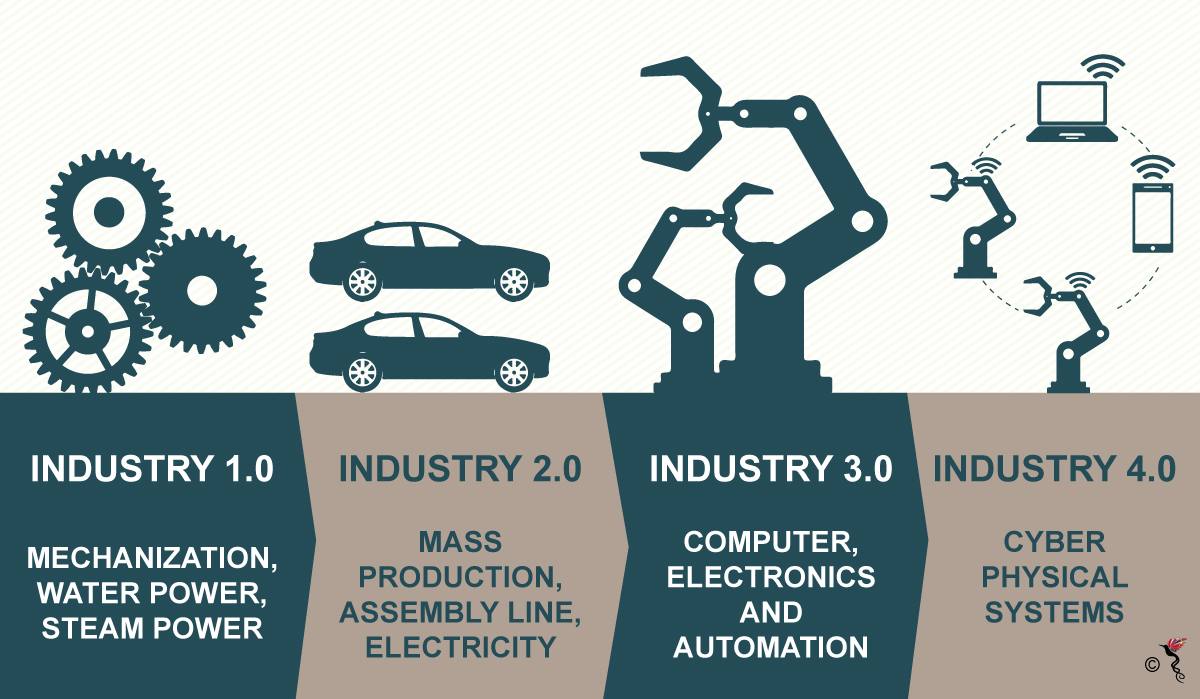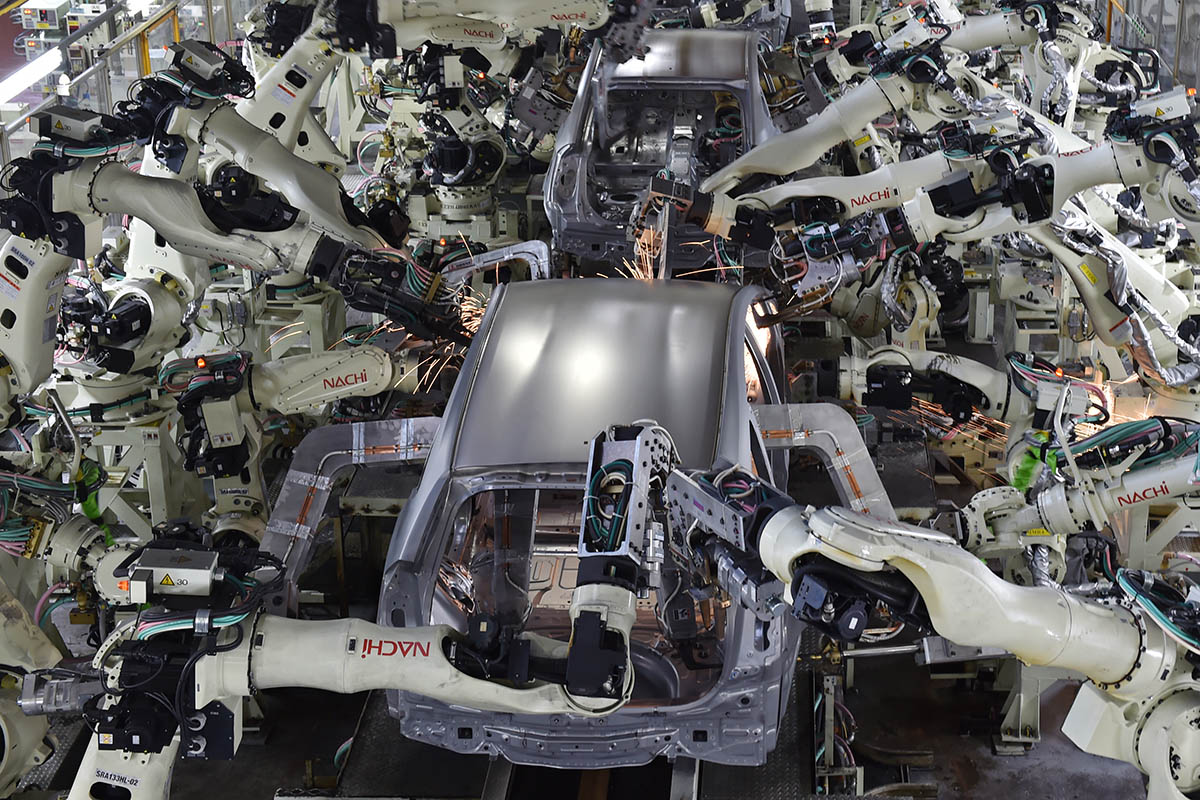Klaus Schwab, Founder and Executive Chairman of the World Economic Forum, explained that the Fourth industrial revolution builds on the Third industrial revolution which was largely based on the use of electronics and information technology to automate production.
Schwab writes that the Fourth industrial revolution “is characterized by a fusion of technologies that is blurring the lines between the physical, digital, and biological spheres.”
According to the World Economic Forum and Asian Development Bank (ADB), emerging technologies from the Industry 4.0 will transform the Southeast Asian landscape, and thus ASEAN leaders should be prepared to handle the intense transformation that lies in the near future. Individually, many ASEAN nations already have a plan to handle the revolution. For example, Singapore has a Committee for the Future Economy that was launched in February of this year and Thailand has its own domestic 4.0 program.
However, ASEAN’s strength in development lies in its numbers and member states will stand to benefit more if progress is metered out as a collective rather than as individual nations.
In his closing address during the ASEAN Summit in Manila, Singaporean Prime Minister, Lee Hsien Loong outlined his country’s vision when it assumes the ASEAN chairmanship for 2018. High on the agenda for Singapore, is the development of a digital economy – which is in line with the aspirations of Industry 4.0.
“If we come together on the theme of innovation, and smart cities, for example, then I think we have something valuable we can do together. And we can get all 10 countries to participate in their different ways and different levels. All of them can join in and all of them can benefit,” he said.
The first industrial revolution involved the usage of steam power and mechanisation, wherein machines were introduced to the textile industry, to aid with the laborious work being performed. The early 20th century, brought with the it second industrial revolution. This was when the mass moving assembly line was introduced by Henry Ford and the age of mass production began. Many believe that the third industrial revolution that brought with it the internet and green energy, paved the way to the current revolution taking place.
The Fourth industrial revolution represents an immense paradigm shift that not only involves data automation but also involves data exchange in manufacturing technologies. This revolution also brings about incredible possibilities in the field of robotics, artificial intelligence (AI), quantum computing, genome editing, autonomous vehicles, 3D printing, energy storage and many more. The transformative nature of the revolution encompasses all fields via its interconnected technologies which cut across physical, digital and biological boundaries.

The context of each industrial revolution
The International Labour Organisation (ILO) predicted that Indonesia, Philippines, Thailand, Vietnam and Cambodia would have to renounce 56 percent of their jobs to automation. While Malaysia chances to lose about 54 percent of their jobs, according to a research by Khazanah Research Institute. Of the 54 percent of jobs, it will not be the foreign workers but the Malaysian citizens themselves – of which about 90 percent of them work semi-skilled jobs – whom are at risk. Jobs will be lost to the creation and innovation of automation, advanced robotics and artificial intelligence.
ASEAN’s economic success depends on a different kind of revolution which was discussed during the 49th ASEAN economic ministers Summit this year. The main thematic priority of the year’s summit were “Inclusive, Innovation-led Growth”. The discussion of the summit was supported by three major strategic measures – increasing trade and investment, integrating micro, small and medium-sized enterprises (MSMEs) into global value chains and developing an innovation-driven economy.
The rise of online marketplaces also provides platforms for MSMEs to access regional and global markets.
The Fourth Industrial Revolution, therefore, provides an opportunity for ASEAN to meet its goal of greater inclusion by integrating MSMEs into global value chains. But it also presents a challenge to the region to invest in human capital to continue to trade and attract investment, and to enable innovation-driven economies. More than 90 percent of enterprises within ASEAN are MSMEs, and they provide most of the employment in member states.
MSMEs are allowed to gain regional access to global markets due to the platforms provided by the rise of online marketplaces such as Alibaba.
The trade slowdown of the past few years appears to have bottomed out. There are early indications that both domestic private investment and foreign direct investment are making a recovery in countries including Indonesia and Malaysia,and countries in the Mekong region. There has recently been an increase in non-tariff measures which partially offset the achievements gained from tariff liberalisation. The rise in non-tariff measures however present a more significant barrier when it comes to trade.
Given the rise of new technologies in the region, it is high time ASEAN embrace the Fourth Industrial Revolution which would be essential for a more inclusive and innovation-led growth.
Recommended stories:
